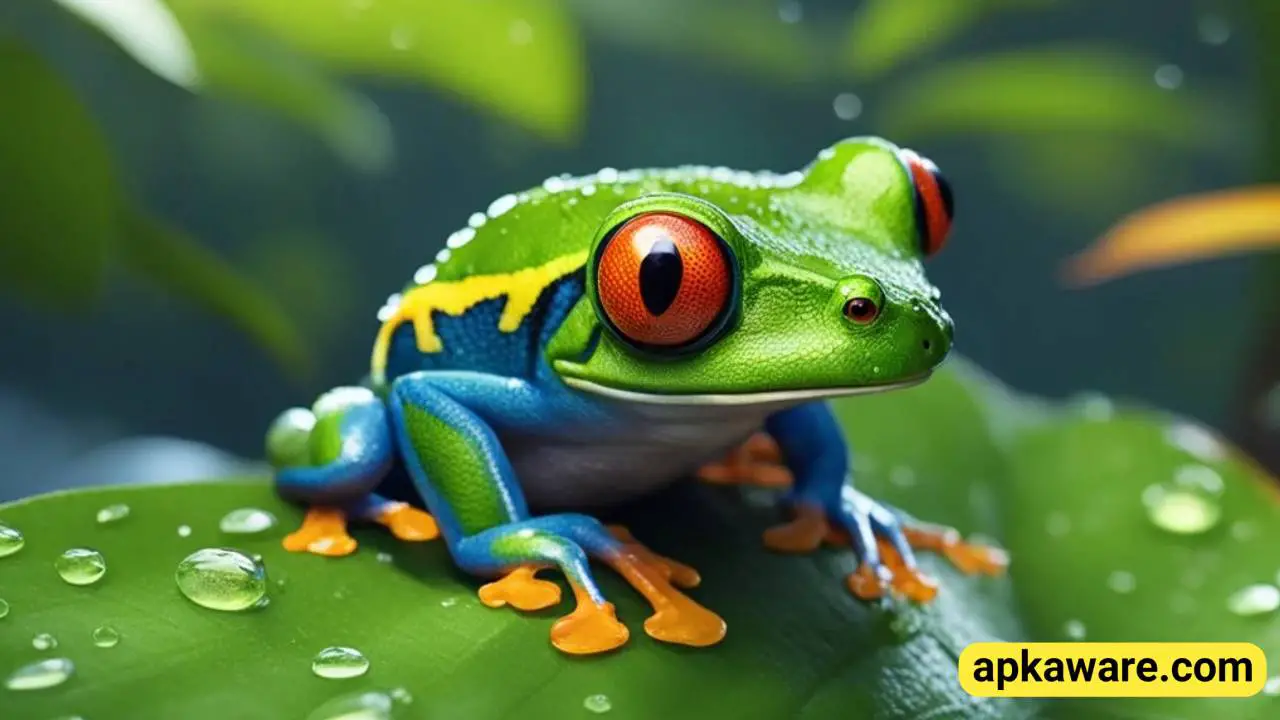Hydration Essentials For Red-Eyed Tree Frogs
Red-eyed tree frogs are fascinating creatures native to the rainforests of Central and South America. Known for their vibrant colors and large, red eyes, these arboreal amphibians require specific care to thrive in captivity. One crucial aspect of their care is ensuring proper hydration, as it directly impacts their overall health and well-being. In this guide, we will explore everything you need to know about keeping red-eyed tree frogs hydrated and healthy in captivity.
Understanding the Natural Habitat of Red-Eyed Tree Frogs:
Red-eyed tree frogs inhabit the lush rainforests of Central and South America, where they spend most of their time in trees near bodies of water. These environments are characterized by high humidity levels and ample rainfall, providing the frogs with constant access to moisture.
Hydration and Its Impact on Red-Eyed Tree Frog Health:
Proper hydration is essential for the health of red-eyed tree frogs. Adequate moisture helps maintain their skin health, supports metabolic functions, and regulates body temperature. Insufficient hydration can lead to dehydration, which can have serious consequences for these delicate amphibians.
The Link between Hydration and Skin Health:
The skin of red-eyed tree frogs plays a vital role in respiration and hydration. It is permeable, allowing them to absorb water and oxygen directly through their skin. Proper hydration helps keep their skin moist and healthy, facilitating efficient respiration and preventing dehydration.
Water Intake and Its Role in Frog Metabolism:
Water intake is closely linked to the metabolic processes of red-eyed tree frogs. Hydration supports digestion, waste elimination, and nutrient absorption. Without adequate water intake, frogs may experience digestive issues and metabolic imbalances.
Identifying the Signs of Dehydration in Red-Eyed Tree Frogs:
It’s crucial to recognize the signs of dehydration in red-eyed tree frogs to intervene promptly. Symptoms may include sunken eyes, lethargy, loss of appetite, and dry, wrinkled skin. Regular monitoring of hydration levels is essential for maintaining the health of pet frogs.
Hydration Needs for Red-Eyed Tree Frogs:
Red-eyed tree frogs require constant access to clean, freshwater to stay hydrated. Their habitat should mimic the humid conditions of their natural environment, with ample opportunities for drinking and soaking.
Setting Up the Perfect Humid Habitat:
Creating a humid habitat is essential for red-eyed tree frogs. This can be achieved through the use of a terrarium with a secure lid to maintain humidity levels. Adding live plants and a substrate that retains moisture can help create a suitable environment.
Choosing the Right Enclosure:
When selecting an enclosure for red-eyed tree frogs, choose one that provides ample space for climbing and includes features such as branches, vines, and foliage. Ensure the enclosure is well-ventilated to prevent stagnant air and mold growth.
Maintaining Humidity Levels:
Regular misting and monitoring of humidity levels are crucial for maintaining the proper environment for red-eyed tree frogs. Use a hygrometer to measure humidity levels and adjust misting frequency as needed to keep humidity between 50-80%.
The Best Water Sources for Red-Eyed Tree Frogs:
Provide red-eyed tree frogs with clean, chlorine-free water for drinking and soaking. Filtered or dechlorinated tap water, as well as purified spring water, are suitable options. Avoid using distilled water, as it lacks essential minerals.
Importance of Clean Water:
Clean water is essential for the health of red-eyed tree frogs. Regularly change water dishes and clean them thoroughly to prevent bacterial growth and contamination. Avoid using water treated with chemicals or containing debris.
Types of Water to Avoid:
Avoid using water sources that contain chlorine, heavy metals, or other harmful contaminants. Tap water should be treated with a water conditioner to remove chlorine and chloramine before being offered to red-eyed tree frogs.
Misting Systems and Hydration Techniques:
Misting systems or hand-held sprayers can be used to maintain humidity levels and provide drinking opportunities for red-eyed tree frogs. Mist the enclosure 1-2 times daily, focusing on the foliage and substrate.
Red-Eyed Frog Water Intake:
How Much is Enough? Red-eyed tree frogs have varying water intake needs depending on factors such as temperature, humidity, and activity level. Monitor their hydration by observing their behavior and skin condition, and adjust hydration techniques accordingly.
Tree Frog Hydration Tips for Pet Owners:
As a pet owner, it’s essential to prioritize the hydration needs of red-eyed tree frogs. Ensure they have access to clean water at all times, monitor humidity levels regularly, and seek veterinary care if signs of dehydration or illness are observed.
Regular Water Changes:
Frequently change water dishes and clean them thoroughly to prevent bacterial growth and contamination. Fresh, clean water should be provided daily to ensure the health and hydration of red-eyed tree frogs.
Monitoring Humidity and Hydration:
Use a hygrometer to monitor humidity levels in the enclosure and adjust misting frequency as needed to maintain optimal conditions. Additionally, regularly observe the behavior and appearance of red-eyed tree frogs to assess their hydration status.
Conclusion:
Proper hydration is vital for the health and well-being of red-eyed tree frogs. By understanding their natural habitat, hydration needs, and proper care techniques, pet owners can ensure their frogs thrive in captivity. With a suitable enclosure, clean water sources, and regular monitoring, you can provide your red-eyed tree frogs with the hydration essentials they need to live long, healthy lives.
